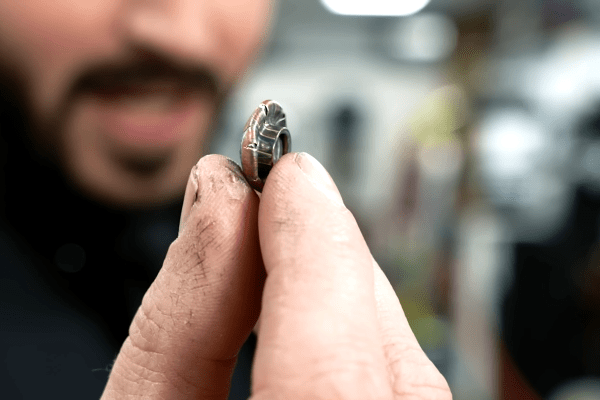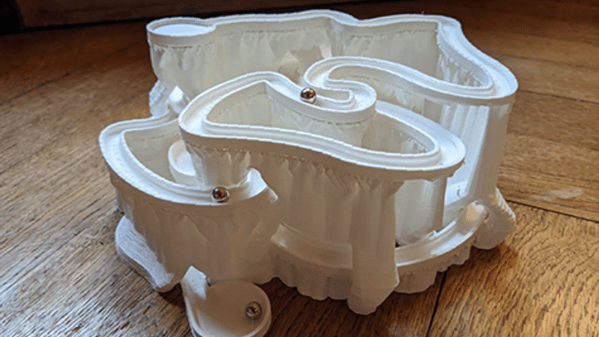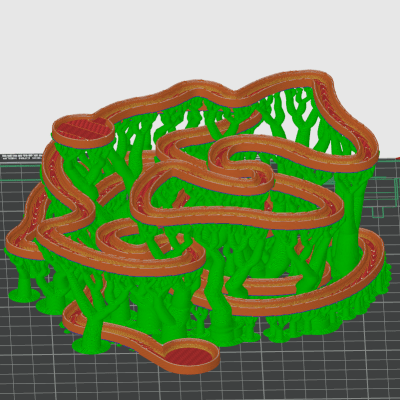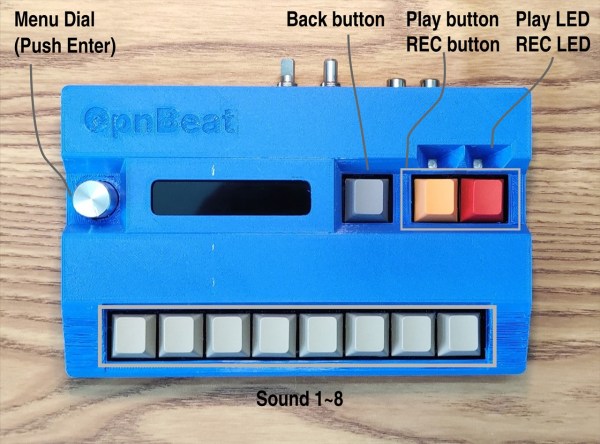If you’ve seen the John Wick movies, you’ve probably had to suspend your disbelief about many things, but the bulletproof suits are perhaps the hardest thing to swallow. They look like stylish suits but are impervious to just about anything at any range. What’s more is when you are hit, they seem to absorb all impact with no effect on the wearer at all.
You can keep running, firing, or karate kicking while the suit takes all of the bullets. You can even pull your jacket up over your face if you want to protect that million-dollar smile. Physics, of course, tells us that a suit like this is pretty much impossible. Except that they actually exist. Granted, the real-life suits don’t have the magic physics-defying powers of Mr. Wick’s suit, but if you have the cash, you can get a smart-looking suit that protects you from getting killed by a bullet.
Real Life, Part I
In the movies, the suits supposedly have Kevlar in them just like a real piece of ballistic body armor. The problem is, Kevlar is bulky. However, most of the real body armor you see — like a vest on a SWAT team operative — is made from Kevlar or similar ballistic fibers like Twaron, Goldflex, or Dyneema. They also have plates made of metal or ceramic. Continue reading “The Real John Wick-Style Bullet Proof Suit”















